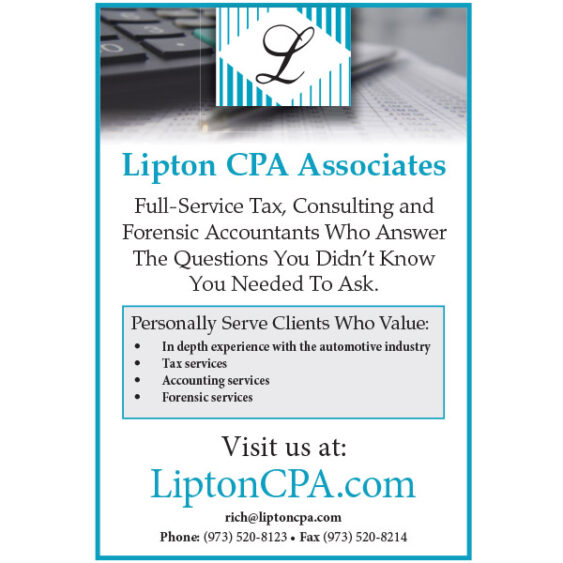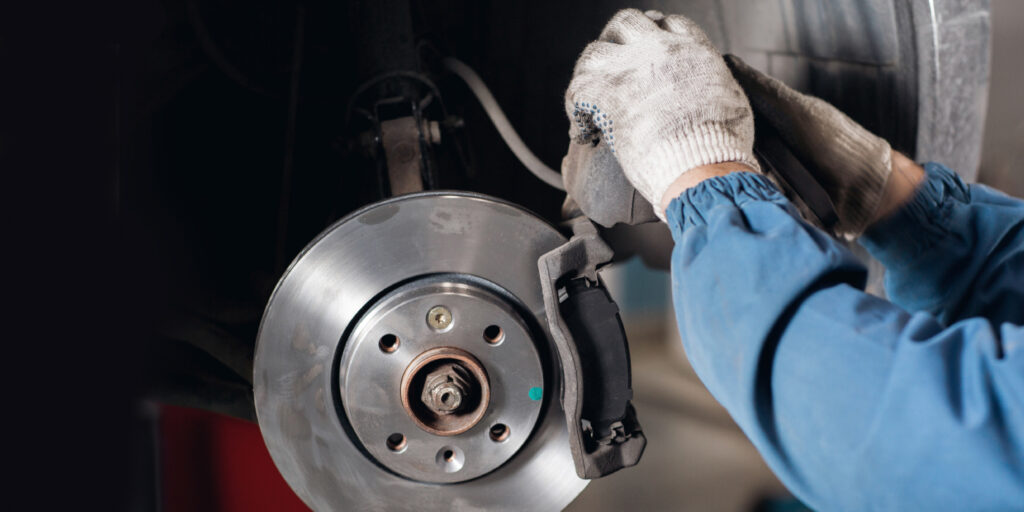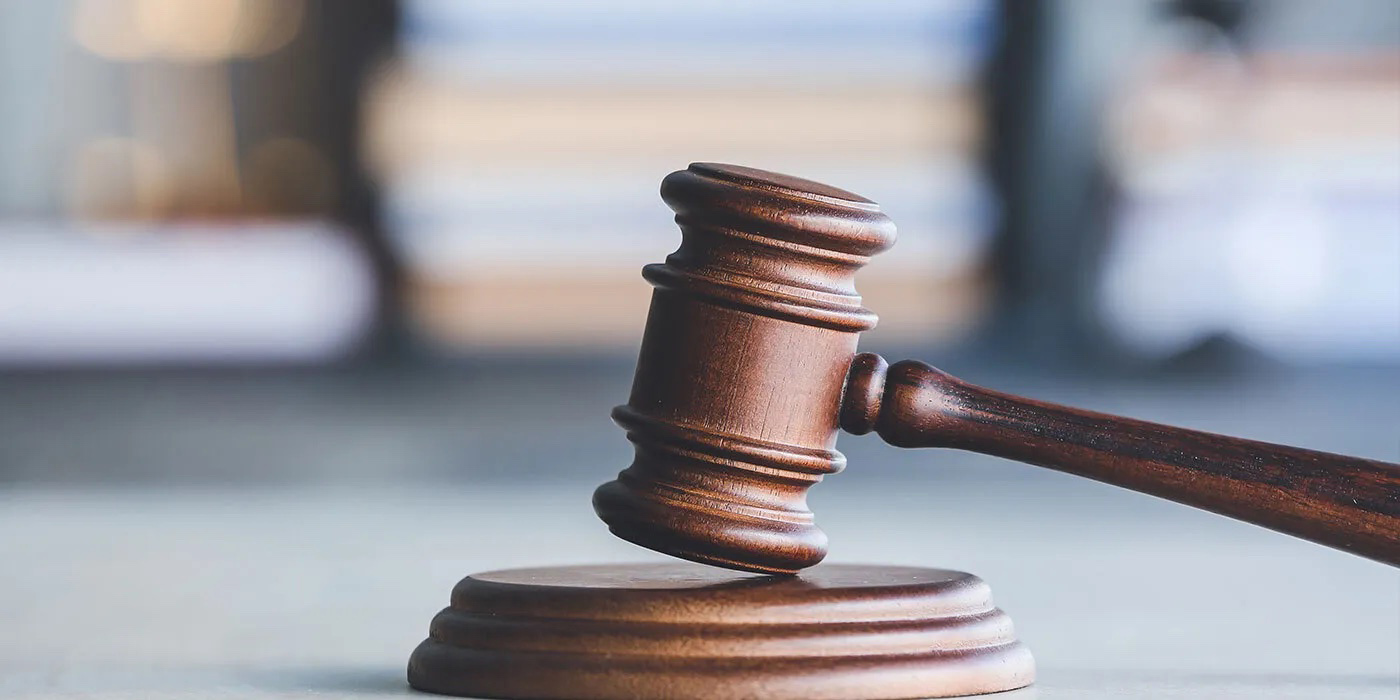Whatever financial environment you may find yourself in or how different it is from what “experts” forecast, one thing is certain – taxes will still be a part of your business.
Rather than talk about what MIGHT happen, let’s talk about what HAS and what WILL happen regarding tax provisions for small businesses with this year in review.
Standard Mileage Rates
Due to inflation, there were two standard mileage rates in 2022: 62.5 cents per business mile driven (July 1-December 31, 2022) and 58.5 per business mile driven (January 1-June 30, 2022).
Health Care Tax Credit for Small Businesses
Small business employers who pay at least half the premiums for single health insurance coverage for their employees may be eligible for the Small Business Health Care Tax Credit as long as they employ fewer than the equivalent of 25 full-time workers and average annual wages do not exceed $50,000. This amount is adjusted annually for inflation (e.g., for 2021 returns it was $56,000).
In 2022, the tax credit is worth up to 50 percent of your contribution toward employees’ premium costs (up to 35 percent for tax-exempt employers).
Section 179 Expensing and Depreciation
For 2022, the Section 179 expense deduction increased to a maximum deduction of $1.08 million of the first $2.70 million of qualifying equipment placed in service during the current tax year. The deduction is indexed to inflation for tax years after 2018 and enhanced to include improvements to nonresidential qualified real property such as roofs, fire protection, alarm systems and security systems, and heating, ventilation, and air-conditioning systems.
Businesses are allowed to immediately deduct 100% of the cost of eligible property placed in service after September 27, 2017, and before January 1, 2023, after which it will be phased downward over a four-year period: 80% in 2023, 60% in 2024, 40% in 2025, and 20% in 2026. The standard business depreciation amount is 26 cents per mile (same as 2021).
Work Opportunity Tax Credit (WOTC)
Extended through 2025 (The Consolidated Appropriations Act, 2021), the Work Opportunity Tax Credit can be used by employers who hire long-term unemployed individuals (unemployed for 27 weeks or more). It is generally equal to 40 percent of the first $6,000 of wages paid to a new hire. Please call if you have any questions about the Work Opportunity Tax Credit.
SIMPLE IRA Plan Contributions
Contribution limits for SIMPLE IRA plans increased to $14,000 for persons under age 50 and $17,000 for persons age 50 or older in 2022. The maximum compensation used to determine contributions is $305,000.
Improperly Forgiven PPP Loans Are Taxable
Recipients of Paycheck Protection Loans (PPP) should be aware that when a taxpayer’s loan is forgiven based upon misrepresentations or omissions, they are not eligible to exclude the forgiveness from income. They must, instead, include in income the portion of the loan proceeds that were forgiven based upon misrepresentations or omissions.
Background
The PPP loan program was established by the Coronavirus Aid, Relief and Economic Security Act (CARES Act) to assist small US businesses that were adversely affected by the COVID-19 pandemic in paying certain expenses. The PPP loan program was further extended by the Economic Aid to Hard-Hit Small Businesses, Nonprofits and Venues Act.
Under the terms of the PPP loan program, lenders can forgive the full amount of the loan if the loan recipient meets three conditions:
1. The loan recipient was eligible to receive the PPP loan. An eligible loan recipient:
• is a small business concern, independent contractor, eligible self-employed individual, sole proprietor, business concern, or a certain type of tax-exempt entity;
• was in business on or before February 15, 2020; and
• had employees or independent contractors who were paid for their services or were self-employed individuals, sole proprietors, or independent contractors.
2. The loan proceeds had to be used to pay eligible expenses, such as payroll costs, rent, interest on the business’ mortgage, and utilities.
3. The loan recipient had to apply for loan forgiveness. The loan forgiveness application requires a loan recipient to attest to eligibility, verify certain financial information, and meet other legal qualifications.
If the three conditions above are met, the forgiven portion is excluded from income under the PPP loan program. If the conditions are not met, then the amount of the loan proceeds that were forgiven but did not meet the conditions must be included in income, and any additional income tax must be paid.
Many PPP loan recipients who received loan forgiveness were qualified and used the loan proceeds properly to pay eligible expenses. However, some recipients who received loan forgiveness did not meet one or more eligibility conditions. These recipients received forgiveness of their PPP loan through misrepresentation or omission, and either did not qualify to receive a PPP loan or misused the loan proceeds.
To ensure that all taxpayers pay their fair share of taxes, taxpayers who abuse such programs should be held accountable. To report tax-related illegal activities relating to PPP loans, submit Form 3949-A, Information Referral. Taxpayers should also report instances of IRS-related phishing attempts and fraud to the Treasury Inspector General for Tax Administration at 800-366-4484.
If you are a taxpayer who inappropriately received forgiveness of PPP loans, now is the time to take steps to come into compliance. One way to do this is by filing an amended return(s) that includes forgiven loan proceed amounts as income. If you have questions about this topic, want more information, or need help filing an amended return, please call the office today.
The founder of Lipton CPA Associates, located in Florham Park, N.J., Richard Lipton has been a stockholder and manager of family-owned Sam’s Tire Co. in Paterson, NJ, for 10 years. His firm offers business consulting, tax and accounting services – including the area of forensic accounting – to large and small clients. Reach Lipton CPA Associates online at www.liptoncpa.com or call 973-520-8123 for more information.















